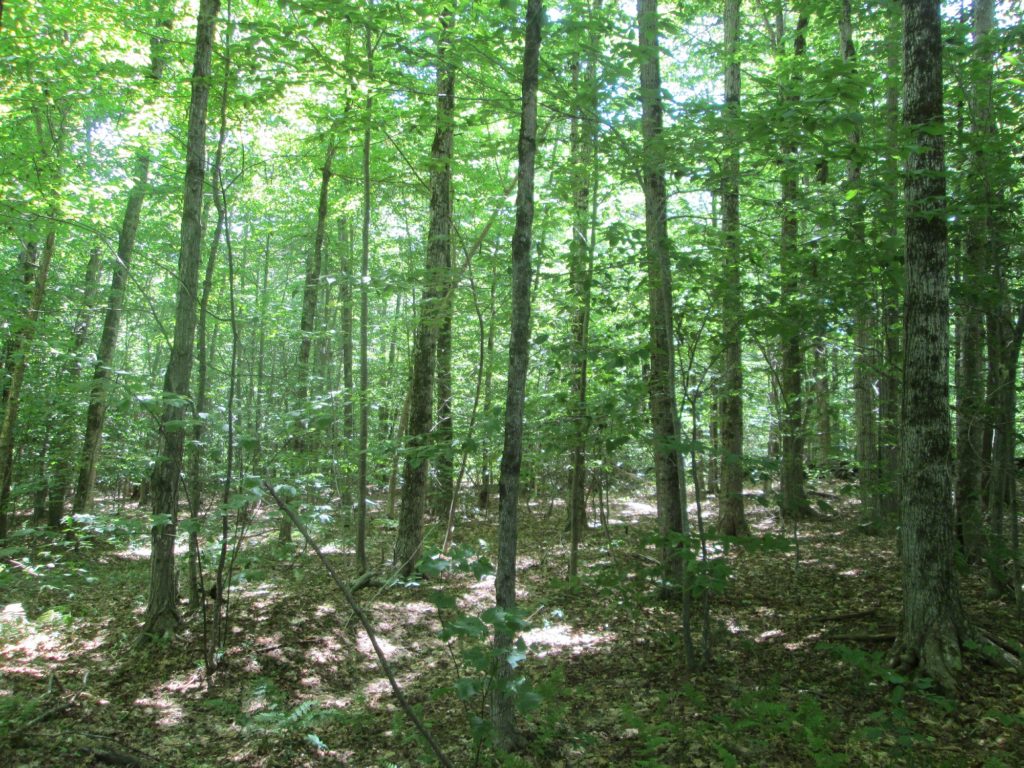
Cornell Cooperative Extension will hold two one-hour Forest Connect webinars A Two-sided Story of Tree Ages on October 17th at noon and 7 p.m. The webinars will be presented by Dr. Ralph Nyland, professor emeritus from SUNY-ESF.
Among their most critical decisions, foresters must judge the age arrangement in a stand, and then decide what silviculture to apply. Basing those choices on the diameter distribution alone may lead to treatments that do not sustain the values of interest or capitalize on the productive capacity of a site.
In fact, research clearly tells us not to believe the old adage that even-age stands have bell-shaped diameter distributions, Instead, mid-aged and older even-aged northern hardwoods generally have a distribution that looks more reverse-J in shape.
Among these stands, taking out the larger/older trees and leaving the smaller/older ones will result in unexpected responses due to major difference in the diameter growth patterns between trees in even- vs. uneven-aged stands. That of the small trees in uneven-aged stands generally increases following release by selection system or other partial cutting. In single-cohort communities, small trees grow poorly, even after release by thinning or other cutting strategies.
This has serious implications for cuttings that remove all or most of the large trees from even-aged stands, leaving the small ones to sustain production and stand development. It does not have such serious long-term consequences among uneven-aged communities.
To take part in the webinars, register at https://cornell.zoom.us/webinar/register/WN_5IRFqn7oSYm5D-Vyqb8-3Q If prompted for a password use “Cornell”.